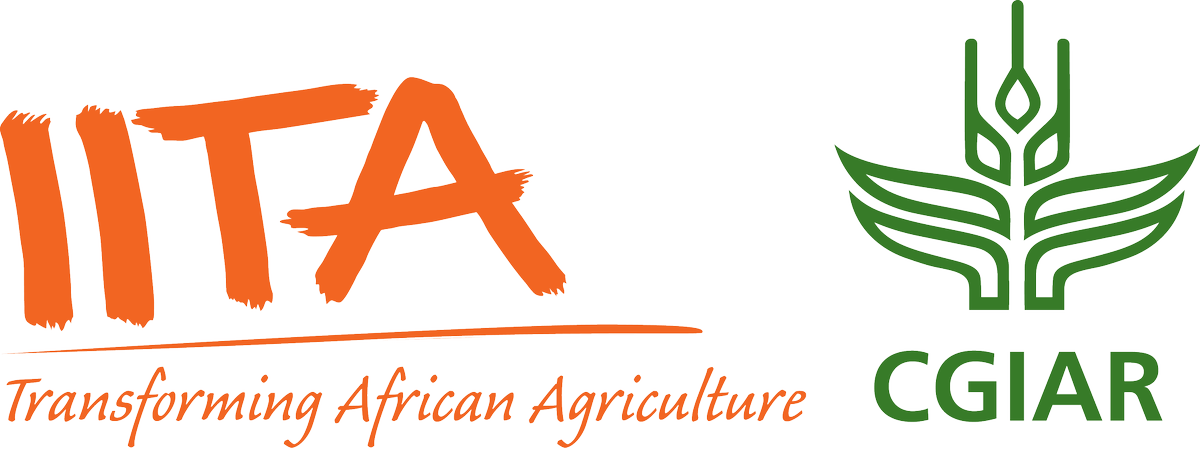Welcome to the International Institute of Tropical Agriculture Research Repository
What would you like to view today?
Trees and shrubs forage in the eastern Democratic Republic of the Congo: determinants of utilization, nutritive value and effect of supplementation on the lactation performance of crossbred cows

View/
Date
2023Author
Barwani, D.K.
Type
Review Status
Internal ReviewTarget Audience
Scientists
Metadata
Show full item recordAbstract/Description
Smallholder dairying is particularly important as milk produced provides nutrients and income to the households. Its expansion is thus desirable in alleviating poverty and enhancing food and nutrition security. Despite its importance, feed quantity and quality (protein and energy levels) are inadequate and rarely meet the nutrient requirements of lactating crossbred cows in Kalemie and Kabare territories, in the eastern Democratic Republic of the Congo (DRC). Milk production of cows fed on Guatemala grass (Tripsacum andersonii J.R. Gray), commonly established grass in the study area, is likely to be limited by low dry matter intake due to the low protein content. Thus, requiring supplementation which is not a common practice for most smallholder farmers due to the high price of concentrates. There is a need to provide alternative feed resources to increase milk production. This study aimed to evaluate the socio-economic factors determining the utilisation of trees and shrubs (TS) as livestock feeds by smallholder cattle farmers, assess the chemical composition and in vitro gas production of the most preferred TS, as well as to investigate the effects of supplementing Guatemala grass with Leucaena (Leucaena leucocephala (Lam. De Wit) or cassava (Manihot esculenta Grantz) leaves as nitrogen sources on lactation performance of Holstein Friesian x Ankole crossbred cows. Integrated approaches were used in this study, including household surveys and nutritional analysis of eight most preferred TS. In addition, an experiment was conducted to assess the effect of supplementing Guatemala grass with Leucaena or cassava on dairy cattle milk productivity. Results indicated that thirty-six (36) TS were used by farmers in Kalemie compared to 26 TS in Kabare. Factors such as gender, group membership, ownership of indigenous cattle, ownership of improved cattle, milk production perception, milk sales, milk price, legume production, crop residue usage, and farmer location positively and significantly (p<0.05) influenced the use of TS. The finding also revealed that the crude protein content of the eight most preferred TS ranged from 217.28 g kg-1 DM to 416.91 g kg-1 DM, while in vitro organic matter digestibility ranged from 31.3% to 44.6%. Supplementing Guatemala grass with dried Leucaena or cassava leaves increased (p<0.05) total dry matter intake by 20% and 26%, respectively. Cows supplemented with dried Leucaena resulted in high (p<0.05) milk production (6.83 kg) and milk fat (38.44g) than dried cassava (6.13 kg) and (28.17g), respectively. However, dried cassava supplementation increased (p<0.05) milk protein, lactose, and non-fat solids contents compared to dried Leucaena. It can be concluded from this study that 63% of farmers used TS as livestock feeds. Notably, leaves from the eight most preferred TS had high CP content, which suggests their suitability and potential for use as protein supplements for low-quality feeds. Dried Leucaena or cassava leaves incorporated at 20% into the dairy diet increased milk production and improved milk quality. This implies that Leucaena and cassava, which are easily established and found in abundance in Eastern DRC, can be used as protein sources for Holstein Friesian x Ankole crossbred cows in smallholder farming systems with limited incomes. The findings from this study provide relevant insights into informing policy formulation and implementation that promote the use of TS fodder to improve smallholder dairy production.
